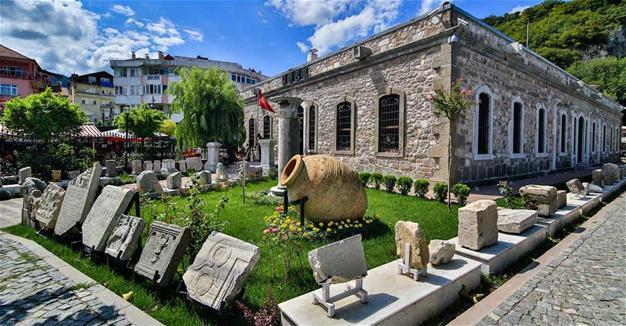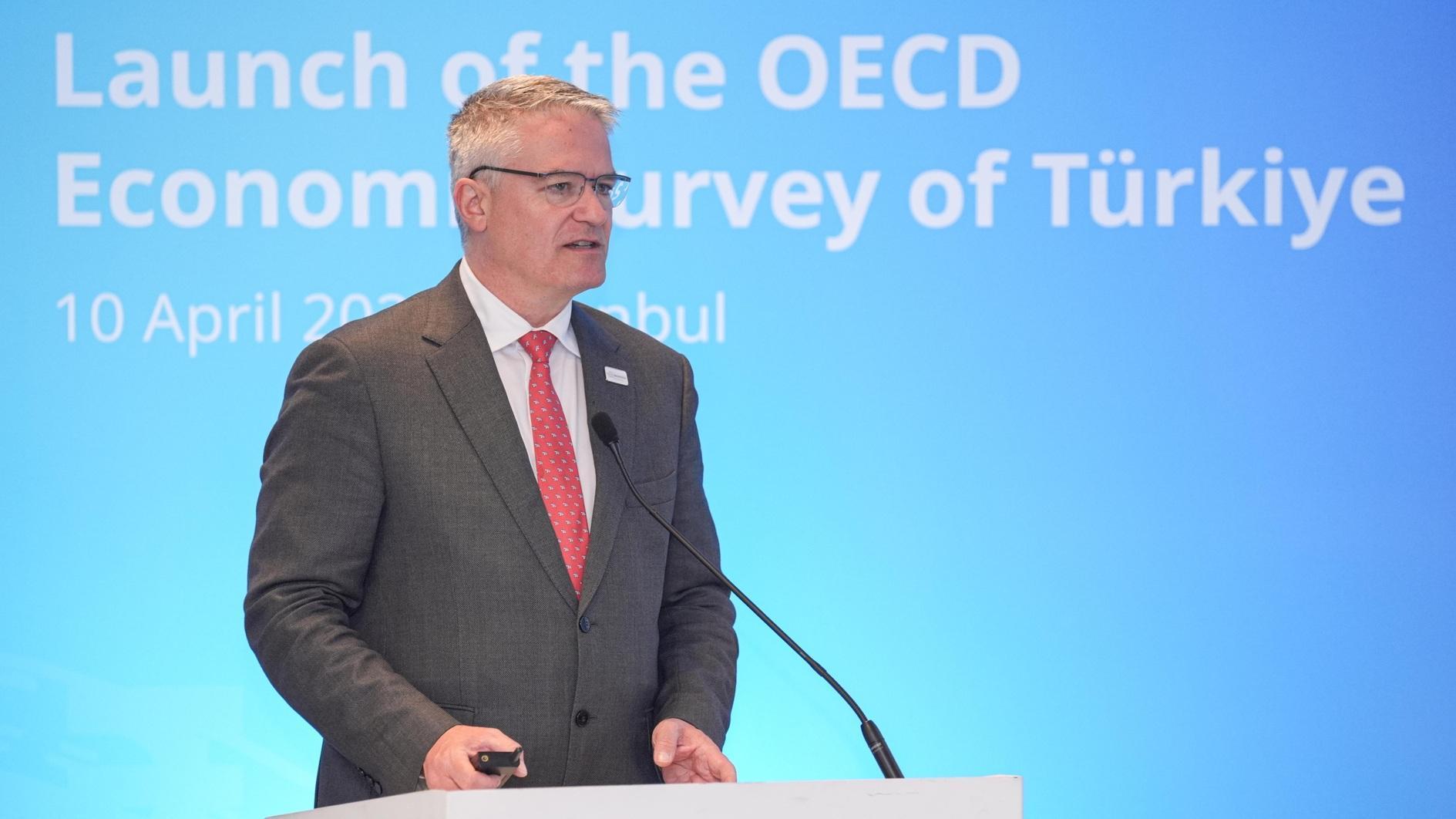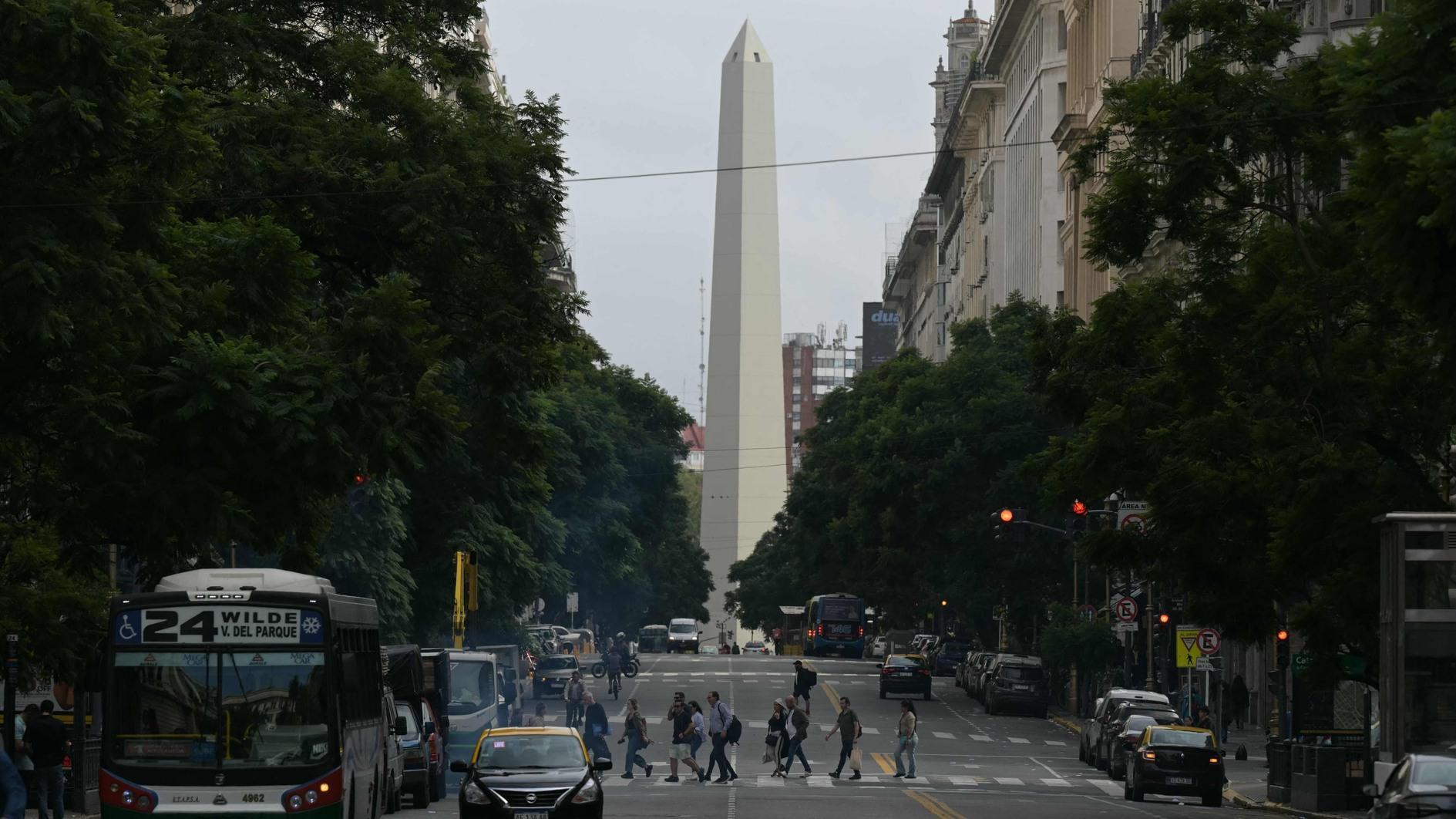Amasra Museum becomes center for int’l researchers
BARTIN
 The Amasra Museum, which has opened after a three-year restoration work with a cost of 3 million Turkish Liras, has become an international application center for archaeologists, engineers, architects and academics and an education center providing history and archaeology education for students.
The Amasra Museum, which has opened after a three-year restoration work with a cost of 3 million Turkish Liras, has become an international application center for archaeologists, engineers, architects and academics and an education center providing history and archaeology education for students.Now a district in the northern province of Bartın, Amasra was established by the Phoenicians in the 12th century B.C. with the name Sesamos and has the traces of a history dating back to thousands of years.
The museum displays several artifacts that have been found after archaeologists stumbled upon them during construction works and by fishermen who reeled in the artifacts from the Hellenistic, Archaic, Classical, Roman, Byzantine, Genoese, Seljuk and the Ottoman periods.
In four display rooms, the museum displays tear bottles, golden and silver jewelries found in graves as well as fishhooks, crosses, candles, weapons, potteries, rings, traditional dresses and bronze statuettes. It is visited by more than 50,000 tourists a year.
The district entered the UNESCO World Heritage Tentative List along with the Amasra Castle.
The museum hosts educational events for primary and high school students from time to time.
The director of the museum, Baran Aydın, said that although no archaeological excavations are carried out in the district, many artifacts had been found by accident, which necessitated the establishment of a museum in the district.
The museum opened in 1955 in a small room inside a municipal building and moved to a former primary school building in 1969, said Aydın, adding that it moved to a building known as the marine school.
“Home to many artifacts, the museum has been renovated and the works are finished. The surveying of the building, which was built in the 19th century, was made to reach its original plasters. Its ground was also excavated. The museum did not have an archive but now it has one. A research room was added for archaeologists, engineers, architects and academics to work. The artifacts are displayed in a chronological order. The missing parts of some special artifacts are completed with laser technology in the museum. Also, the model ship wreckage hall in the museum is highly popular among visitors,” he said.
Application and education center
Aydın said all findings like architectural ruins as well as glass and metal artifacts that are found in the region are documented and used in academic works.
He said after the restoration work, the museum has become a center for the science of archaeology as it is an archaeology museum.
“In this context, the museum is a frequent place for local and foreign academics carrying out studies on movable or immovable artifacts, to write articles and prepare publications. It hosts researchers from countries like Italy, Germany, Denmark as well as some Turkish universities. After the archaeology department opened in Bartın University, we started hosting more academics. The museum also gives history and archaeology education to students. Our museum has become an international center,” he added.
Aydın said the museum will officially be opened in the near future.
















